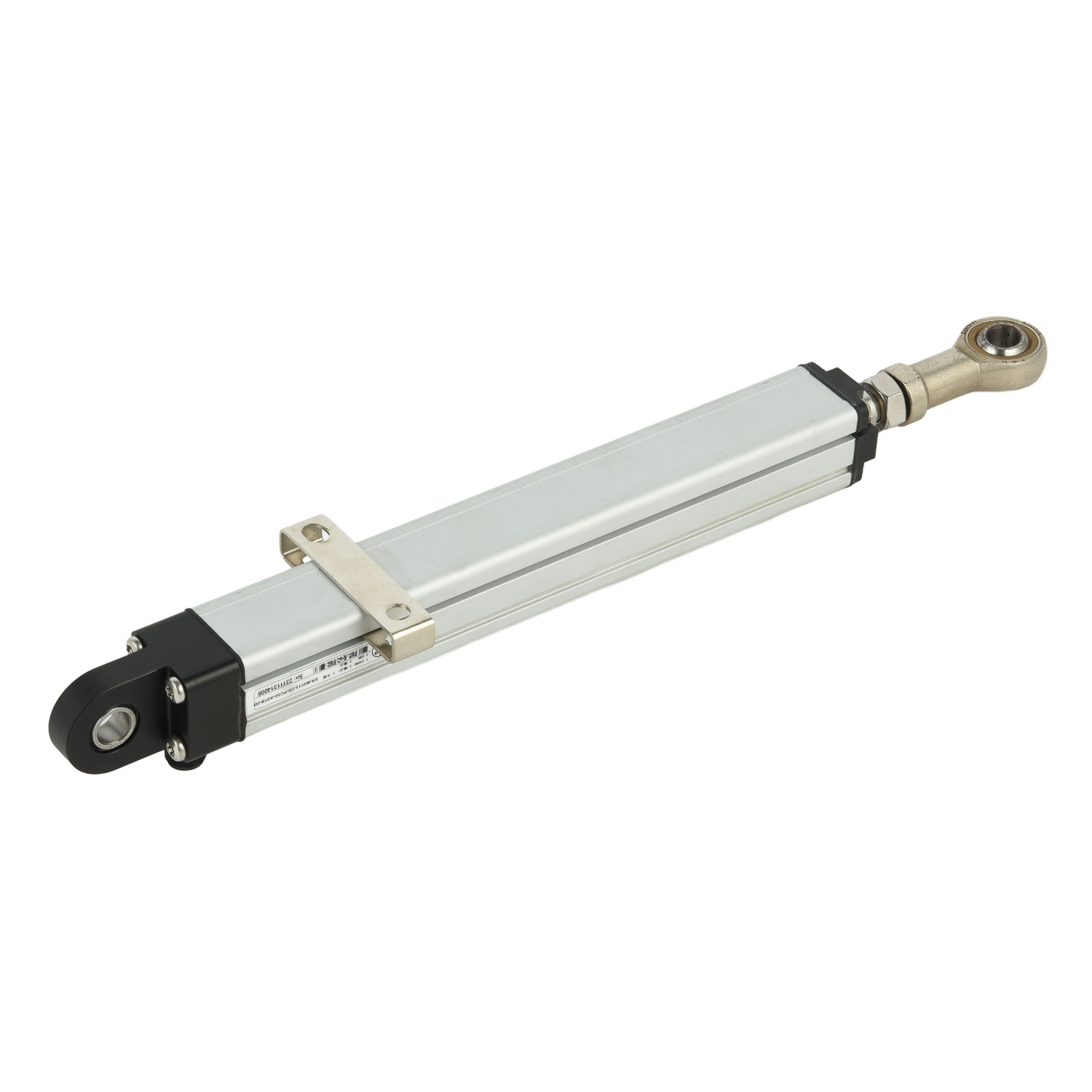How does magnetostrictive technology enable contactless measurement?
At the heart of modern industrial automation lies a critical need for precise, reliable measurement without physical contact. Magnetostrictive technology has emerged as a groundbreaking solution that enables accurate position and level measurements through innovative physical principles. This advanced technology operates without mechanical linkages, eliminating wear and maintenance issues associated with traditional contact-based measurement systems.
The fundamental working principle of magnetostrictive sensors involves the interaction between magnetic fields and specialized ferromagnetic materials. When a permanent magnet moves along the length of a magnetostrictive waveguide, it generates torsional stress waves that propagate at ultrasonic speeds. These waves are created through the Joule effect, where the magnetic field causes microscopic dimensional changes in the magnetostrictive material. The system precisely measures the time delay between wave generation and detection to calculate position with remarkable accuracy.
Key components include a waveguide made from nickel-iron alloys, a position magnet that moves along the measurement axis, and an interrogation system that detects the returning torsional waves. The waveguide is engineered to exhibit strong magnetostrictive properties, while the electronics module contains sophisticated timing circuitry capable of resolving measurements to within micrometers. This combination allows for non-contact position sensing with exceptional repeatability and long-term stability.

Industrial applications span across numerous sectors where precise motion control is essential. Hydraulic cylinder position sensing represents one of the most common implementations, enabling equipment manufacturers to achieve precise control without mechanical linkages. In manufacturing automation, magnetostrictive sensors provide feedback for robotic positioning systems and CNC machines. The technology also proves invaluable in liquid level measurement systems for chemical processing and storage tanks, where non-contact measurement prevents contamination and ensures safety.
The advantages over traditional measurement methods are substantial and multifaceted. Unlike potentiometric or LVDT sensors, magnetostrictive technology eliminates mechanical wear entirely since the magnet never touches the waveguide. This results in significantly longer service life and reduced maintenance requirements. The non-contact nature also provides complete immunity to vibration, shock, and environmental contaminants that typically degrade conventional sensor performance. Additionally, these systems offer inherent digital output capability, simplifying integration with modern control systems.
When compared to other non-contact technologies like optical or capacitive sensors, magnetostrictive solutions demonstrate superior performance in challenging industrial environments. They maintain accuracy despite presence of oil, dust, or temperature variations that often compromise optical systems. Unlike capacitive sensors, they aren't affected by material density changes or dielectric variations. The technology provides absolute position measurement without requiring homing sequences, unlike incremental encoders that lose position during power interruptions.
Implementation considerations include proper selection of measurement range, output signal type, and environmental protection ratings. Modern magnetostrictive sensors offer various output options including analog voltage/current, SSI, PWM, and fieldbus protocols to match specific control system requirements. Environmental factors such as temperature extremes, pressure conditions, and chemical exposure must be considered during sensor selection to ensure optimal performance and longevity.
Future developments continue to enhance the capabilities of magnetostrictive measurement technology. Advances in materials science are producing waveguides with improved temperature stability and reduced hysteresis. Miniaturization efforts are enabling smaller form factors for space-constrained applications while maintaining measurement accuracy. Integration with IoT platforms allows for predictive maintenance capabilities through continuous performance monitoring and trend analysis, further increasing system reliability and reducing downtime.
The reliability and precision of magnetostrictive technology make it an indispensable solution for critical measurement applications across industries. By providing contactless operation with exceptional accuracy and durability, this technology addresses the evolving needs of modern industrial systems where maintenance-free operation and long-term reliability are paramount. As automation requirements become increasingly demanding, magnetostrictive measurement continues to set the standard for non-contact position sensing performance.
 UpgradingYourLevelMeasurementS
UpgradingYourLevelMeasurementS
 Why are magnetostrictive level
Why are magnetostrictive level
 ComparingMagnetostrictiveandRa
ComparingMagnetostrictiveandRa
 MagnetostrictiveLevelSensorfor
MagnetostrictiveLevelSensorfor
